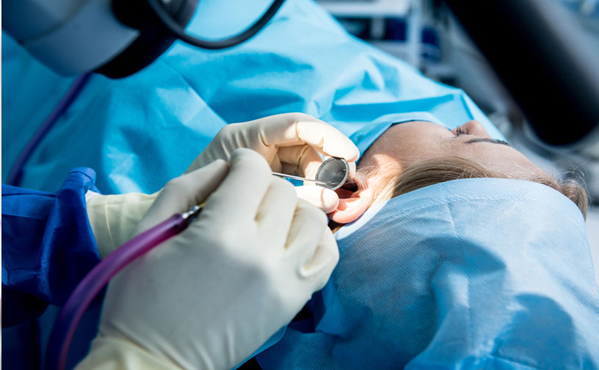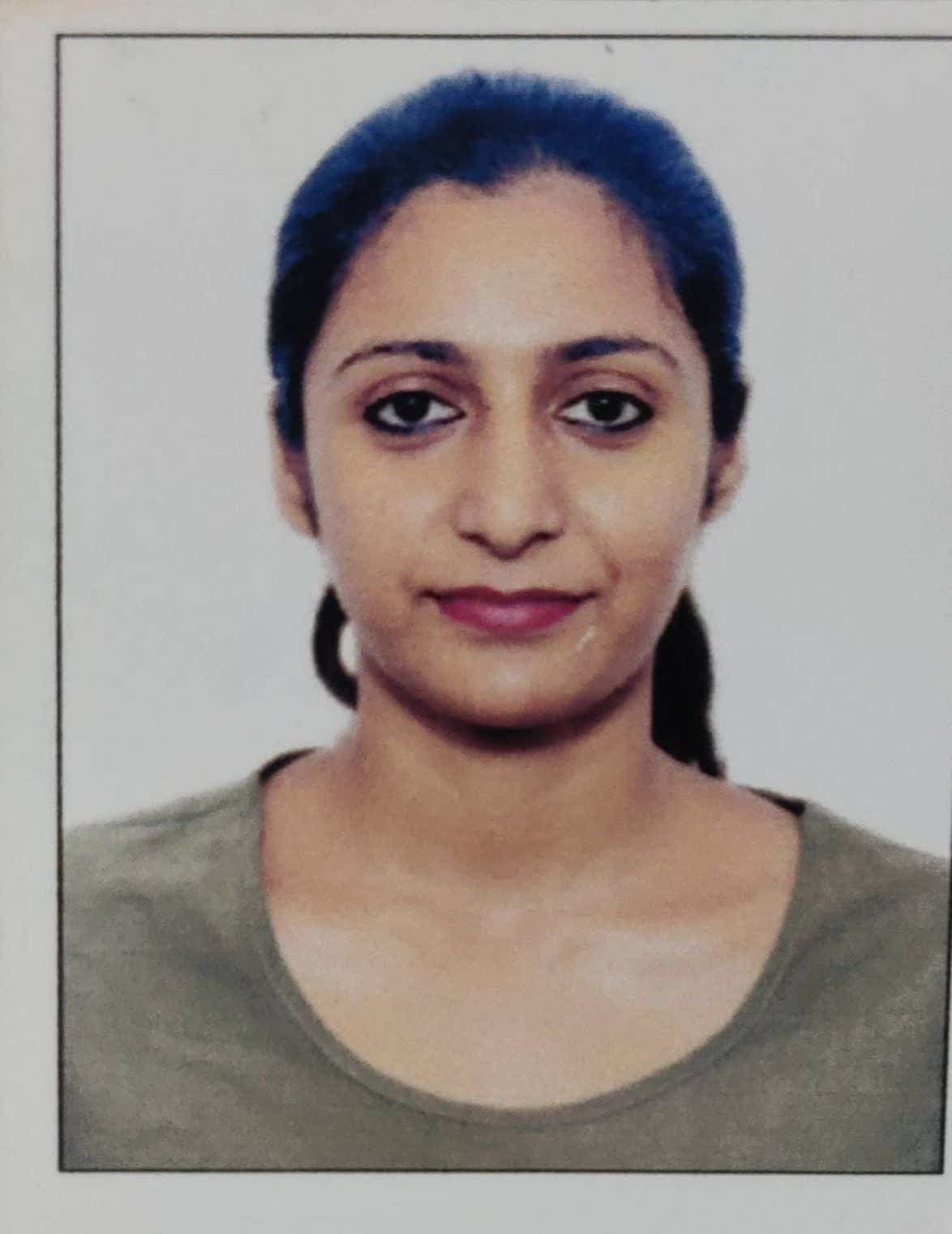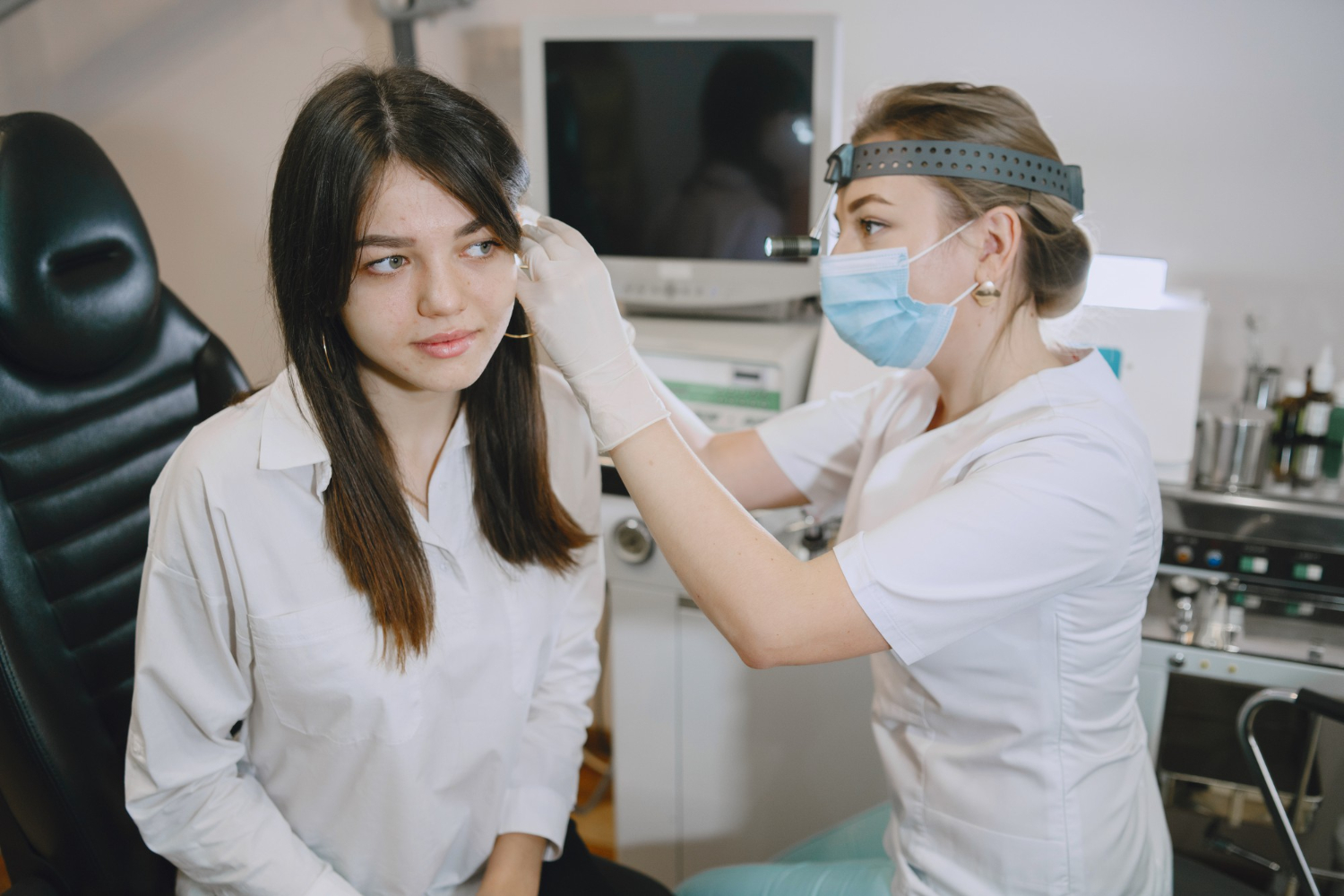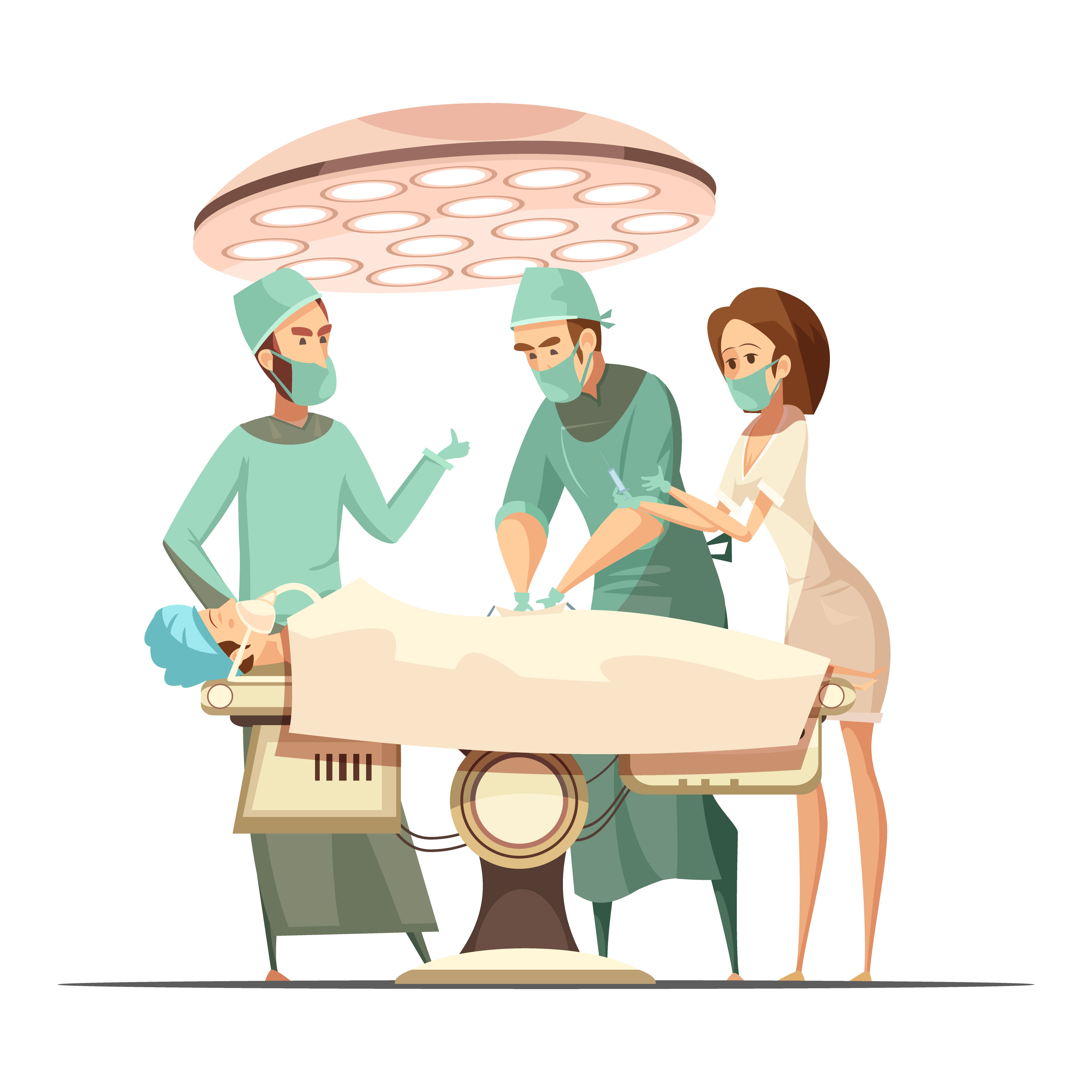What is tympanoplasty?
Tympanoplasty is microsurgery ― surgery using a microscope or endoscope― to fix holes in the eardrum that do not heal on their own. The eardrum, also called the tympanic membrane, enables a person to hear by vibrating in reaction to sound. A small hole may not affect hearing much, but a larger one or one in a particular area of the eardrum may cause hearing problems.
Tympanoplasty is sometimes performed together with other procedures to correct related problems in the middle ear. These procedures include:
Ossiculoplasty (reconstruction of the ossicles, which are the tiny bones in the middle ear) to fix the connections among the ossicles, which are attached to the eardrum and help amplify sound. The three ossicles are named malleus, incus and stapes.
Mastoidectomy removes diseased cells from the mastoid bone in the skull, behind the ear. Tympanomastoidectomy is used for patients with chronic middle ear infections that cause inflammation of the mastoid (mastoiditis), or to remove cholesteatomas (skin growths).







